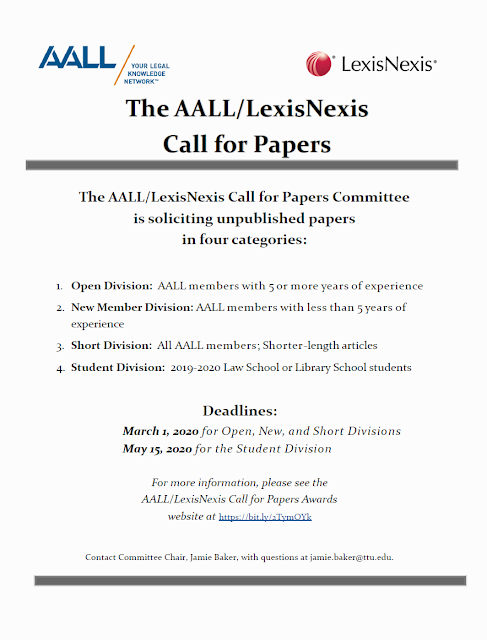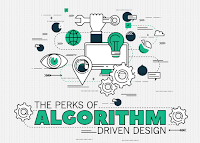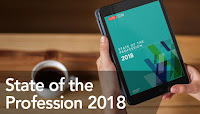As a member of the AALL State of the Profession Survey Advisory Group , I am excited that the survey has been released! The Advisory Group is comprised of librarians from all types of law libraries with the purpose of designing a survey to assess the current state of the profession. The State of the Profession Survey will document the current landscape of law libraries, specific to each library type, and will provide benchmarking in the following areas: Technology, collections and library resources, constituent services, institutional outcomes, research competencies, training, staffing, and leadership. The purpose of the State of the Profession Survey is to provide members and their organizations with the information and insights they need to effectively assess, advocate, and strategically prepare for the future. We started working on the survey in 2017 with this purpose in mind. In the survey, you will find questions pertaining to the various enumerated areas. While the sur






